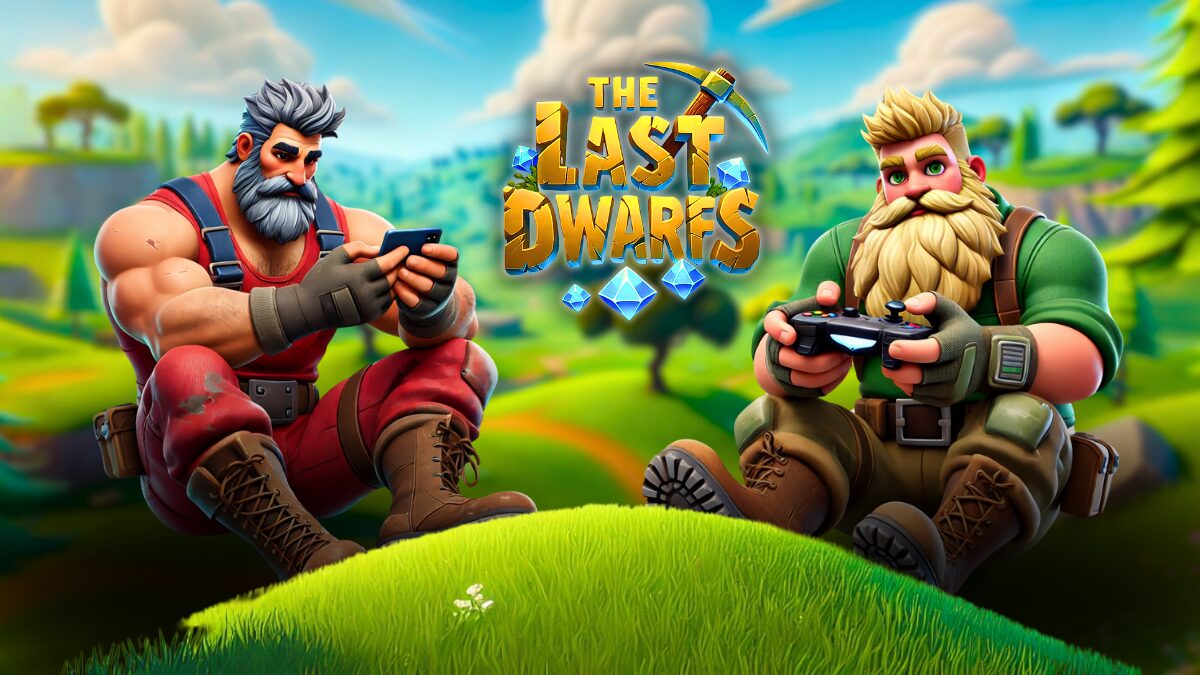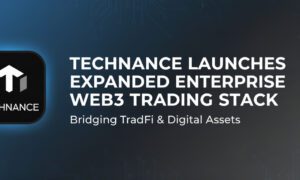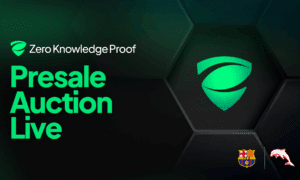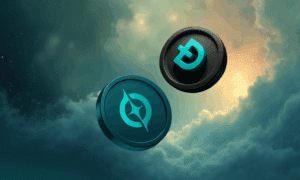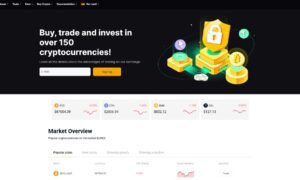Blockchain gaming has rapidly evolved over the past few years. Initially, Play-to-Earn (P2E) was hailed as a revolutionary model, allowing gamers to monetize their time and effort. However, its flaws soon became evident—unsustainable tokenomics, inflationary rewards, and a lack of real investment incentives led to declining adoption.
This led to the emergence of Play-to-Invest (P2I), a model that transforms gaming into an interactive investment experience. Instead of just earning and selling in-game tokens, players can strategically allocate their assets, stake for rewards, and access high-potential crypto opportunities through the gaming ecosystem itself.
Leading this movement is The Last Dwarfs ($TLD), a pioneering blockchain project that gamifies investing, allowing users to mine, level up characters, and gain access to high-potential crypto projects through an interactive platform.
What is Play-to-Invest? A New Approach to Crypto Investing
Play-to-Invest represents a fundamental shift in blockchain gaming, moving away from unsustainable reward models toward a more balanced ecosystem where gaming and investing coexist.
Instead of simply earning tokens and cashing out, players actively invest in the ecosystem, using their in-game progress and decision-making to influence their financial outcomes. The model combines gaming mechanics with DeFi principles, giving users multiple ways to engage with crypto beyond just speculation.
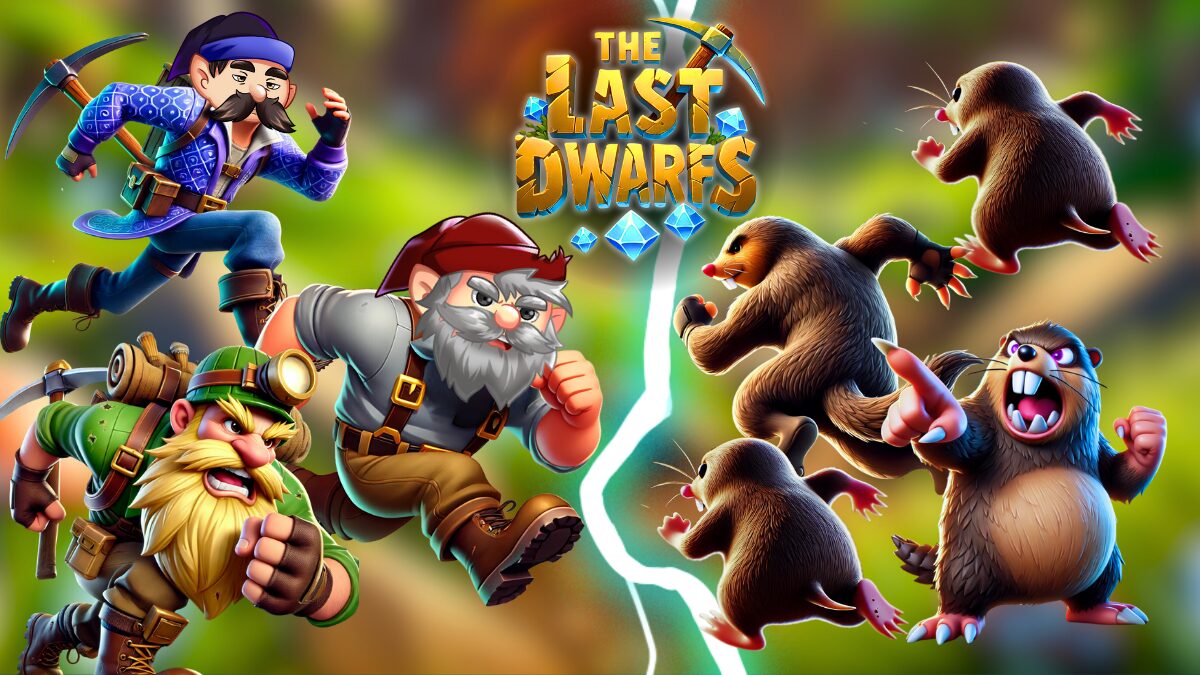
With this framework, Play-to-Invest fosters a model where players are actively investing, strategizing, and growing their holdings within a dynamic, gamified financial system.
Play-to-Invest vs Play-to-Earn: Why P2I is the Next Evolution
While Play-to-Earn was initially successful in attracting users, it quickly became clear that its model was not sustainable in the long run, often leading to token devaluation and unsustainable reward structures. Play-to-Invest, on the other hand, provides a more structured, interactive, and economically viable model.
The key differences include:
- Sustainability – Play-to-Earn rewards were inflationary, leading to long-term decline. Play-to-Invest, however, encourages reinvestment within the ecosystem, balancing token supply and demand.
- Utility-Driven Model – In P2E, players typically earn tokens that lose value over time. In P2I, assets have multiple utilities—staking, governance, exclusive access to ecosystem rewards—making them more valuable beyond the game itself.
- Target Audience – While P2E attracts users seeking quick profits, P2I appeals to both gamers and long-term investors, offering financial incentives while maintaining a high level of engagement.
This fundamental shift makes Play-to-Invest a more robust and rewarding model, giving users a reason to stay engaged beyond just earning and selling tokens.
Why Play-to-Invest is the Future of Crypto
While DeFi and blockchain gaming remain two of the fastest-growing sectors in Web3, they still suffer from common limitations. DeFi can feel complex and passive for many users, while traditional Play-to-Earn (P2E) models have struggled with sustainability due to inflationary tokenomics and lack of long-term engagement.
The Play-to-Invest (P2I) model is emerging as a game-changer, offering a more interactive, rewarding, and financially sustainable approach to crypto investing. Instead of simply buying and holding tokens or passively staking assets, P2I allows users to actively engage with an ecosystem, leveraging their skills and strategies to enhance their financial growth.
Leading this revolution is The Last Dwarfs ($TLD), the first large-scale project that is fully implementing the Play-to-Invest model. Despite being in its presale phase, The Last Dwarfs has already attracted over 300,000 users, demonstrating strong demand for this new investment model, proving that Play-to-Invest could be the next evolution in the crypto space.
The Last Dwarfs ($TLD) – Pioneering the Play-to-Invest Model
Recognizing the limitations of traditional blockchain gaming models, The Last Dwarfs ($TLD) was designed to change the way players engage with crypto investments. Instead of simply buying and holding tokens, TLD allows users to interact with a fully gamified investment hub.
Mining as a New Form of Staking
A key innovation in The Last Dwarfs ecosystem is its interactive mining system, which replaces traditional staking with a skill-based farming model. Instead of passively staking tokens, players mine $TLD tokens in-game. By leveling up their characters and improving their mining efficiency, they increase the rate at which they farm tokens, creating an engaging and skill-based alternative to staking.
The Innovative Gamified Launchpad
Crypto launchpads have traditionally been boring, passive experiences where investors simply stake tokens and wait for a new project to launch. The Last Dwarfs reinvents this model, turning it into an interactive investment experience.
Inside the TLD platform players have the ability to gain early access to high-potential crypto projects. Instead of needing separate research and investment strategies, players are naturally introduced to promising blockchain ventures through gameplay, creating a more engaging and sustainable model that ensures continuous demand for the token and long-term ecosystem growth.
Final Thoughts – The Rise of Play-to-Invest and The Last Dwarfs
The Play-to-Invest model is redefining the way users interact with crypto, shifting from passive speculation to a more dynamic and engaging investment experience. By integrating financial incentives directly into gameplay, it creates a system where value is generated through participation rather than pure market speculation.
As the pioneer, The Last Dwarfs ($TLD) is leading this movement, proving that gaming and investing don’t have to be separate worlds, offering a platform where players invest, strategize, and build real financial value through gaming.
For those looking to be part of the next evolution of crypto, $TLD could be one of the best crypto to invest in 2025.

